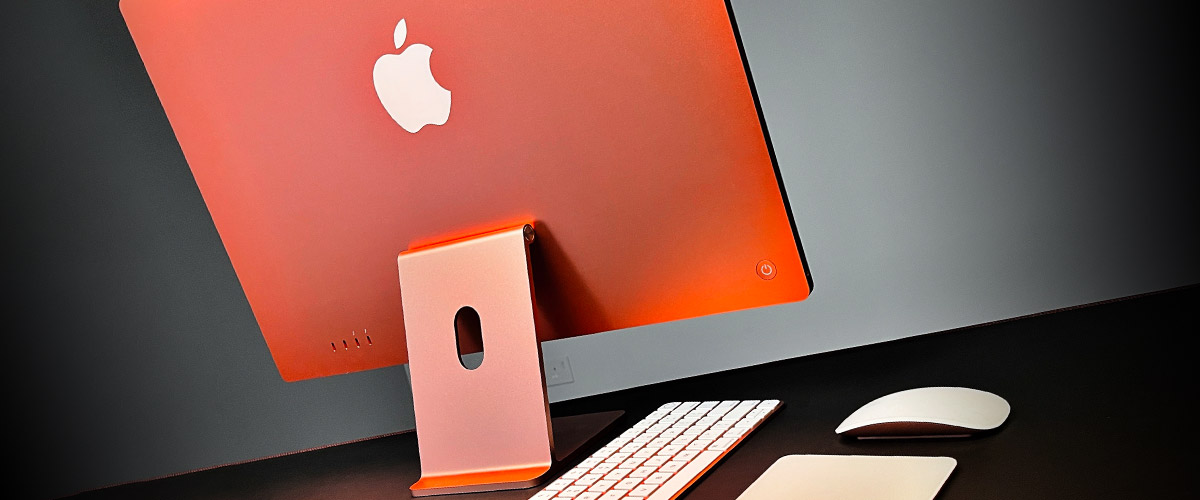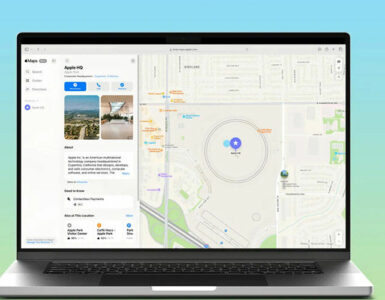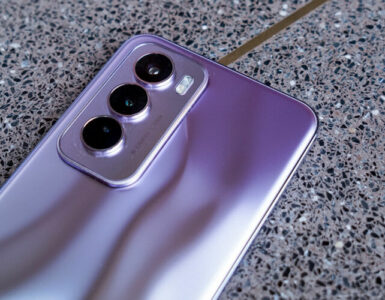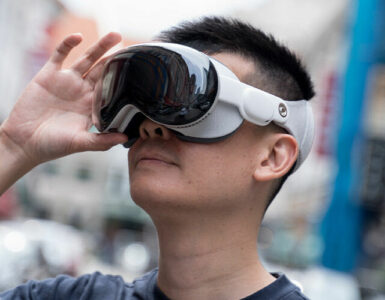The more things change, the more powerful and colourful they get, yet still manage to stay the same.
Long known for their durability and aesthetics, if not for their slightly heftier price points, Apple’s iMac computers have gone from being mere status symbols, to performance machines, now powered by the company’s latest M1 silicon chips. Previously only available for MacBooks, the M1 is Apple’s very own processor powering their next generation of hardware, from laptops, tablets, and now, desktops.
As with any change in microchip architecture, there was concern about the M1’s compatibility with the many software out there, written for Intel’s more well known processors, but after more than six months of powering MacBooks, Apple is pretty confident of the M1 to put it in their first desktop machines, and they have gone all out to present the new iMac 24” as being the best of its class.
For one thing, Apple has completely redesigned its new iMac line-up, but kept to the spirit of the machines. That sleek all-in-one panel held up by a single middle stand remains, but the first M1 powered iMac is now available in a larger 24-inch, and not the previous entry-level 21-inch. There’s also a subtle redesign to the body and it now comes in an ultra-thin 11.5mm flat panel that is more akin to the iPad Pro, rather than the curved rear that has dominated the iMac design for the last decade.
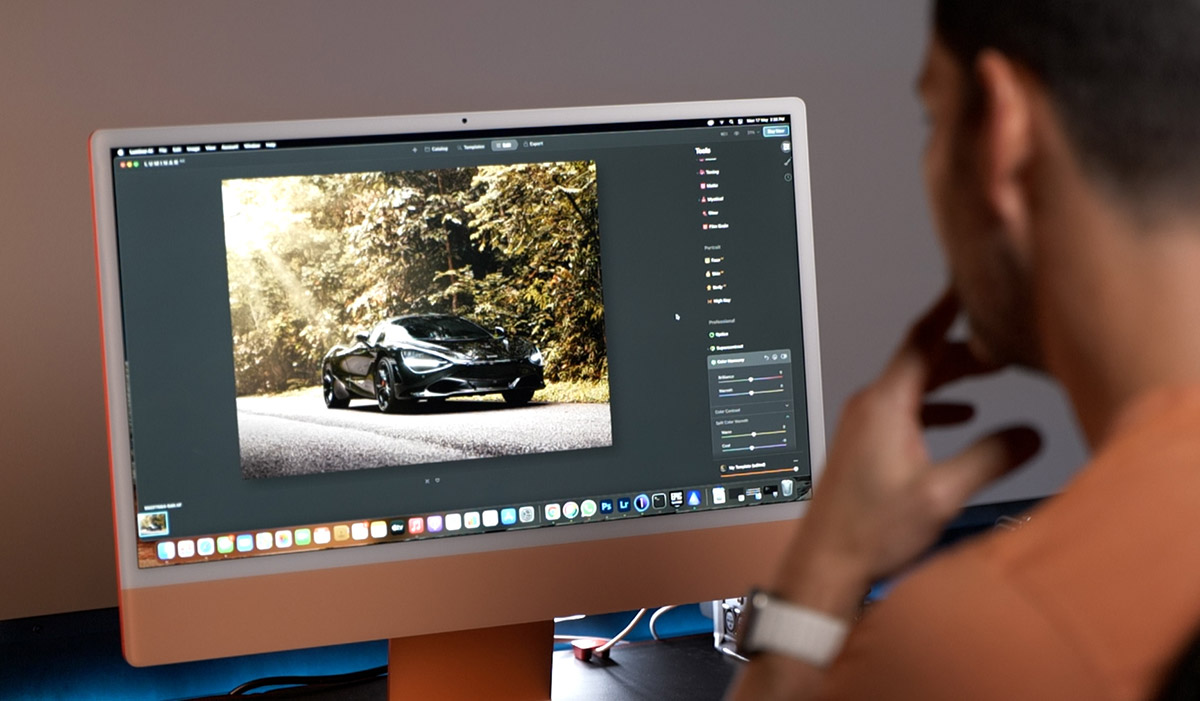
But the biggest change is in the colour, in that Apple seems to be done with the minimalist aesthetics that has dominated Apple iMac designs for the last two decades, by returning to a more colourful past. The new iMacs come in six striking colours, on top of the classic silver. The new hues aren’t technically new, in that some of us would remember the G3 models from 1998, or the colourful iPhone models that have been released each year, including the new purple one from last month.
Each of the colours actually come in two shades of blue, green, pink, yellow, orange or purple. The darker tone envelops the entire rear panel of the iMac, while the standing arm and lower front panel uses a lighter tone, such that when you see it from the front, the standing arm and front panel is presented as a single colour, while the bezel around the screen itself is still white.
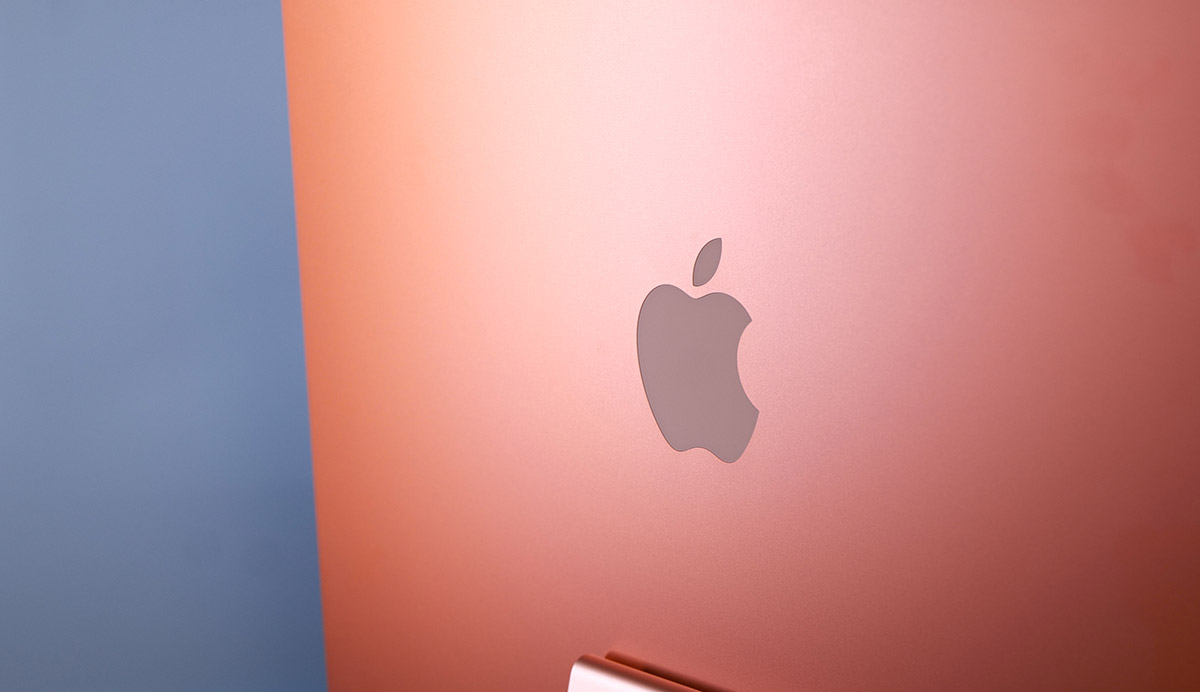
Some of us used to having an iMac will miss the iconic Apple logo that used to sit below the screen – that’s now gone and there is just the single Apple logo that shares the same lighter tone of the arm and front panel.
We’ve had the opportunity to play around with two colour variants of the new iMacs and despite whatever preconceived notions you might have about a colourful computer, Apple has knocked expectations out of the park on these. Nobody else in the market can do coloured aluminium chassis as well, as shiny, as iridescent or as attention grabbing as Apple.
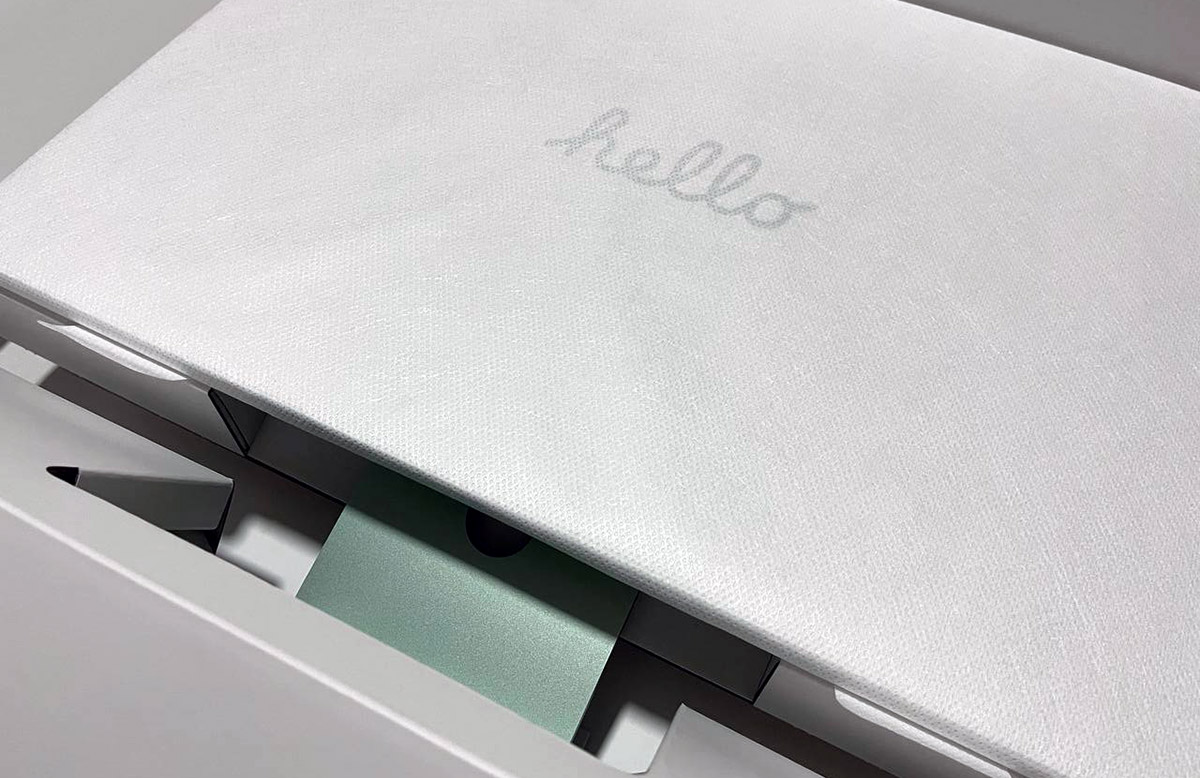
The first thoughts while unboxing a green machine was, why would anyone want a green coloured machine at home, but the teal undertones of the lighter colour gives it a very calming effect, like staring out of your window to see the bushes and trees. The same goes with the orange, which comes across more of a grapefruit tone, giving a splash of sunset intensity that is not so much red or pink.

And the colours also extend to the accessories, as the power cord to the power supply unit and lighting cable, along with the Magic Keyboard and Magic Mouse, are also bathed in the same lighter hues of the iMac you bought, so your whole set-up comes in a nice package of colours you can easily match. Of course, the first question you might be wondering is, is Apple also launching these coloured accessories individually and while the company isn’t one to talk about potential releases, it’s safe to say that these coloured accessories are only available as part of a complete package for now.
The key difference between the accessories isn’t just the colour though. While the Magic Mouse and Trackpad remain identical, the new Magic Keyboard now comes with Touch ID, so you can securely access your device with ease. Both cables are also braided ones, and not wrapped in rubber, which would do wonders for longevity and the more reason why iPhone users would want to invest in one if they could.
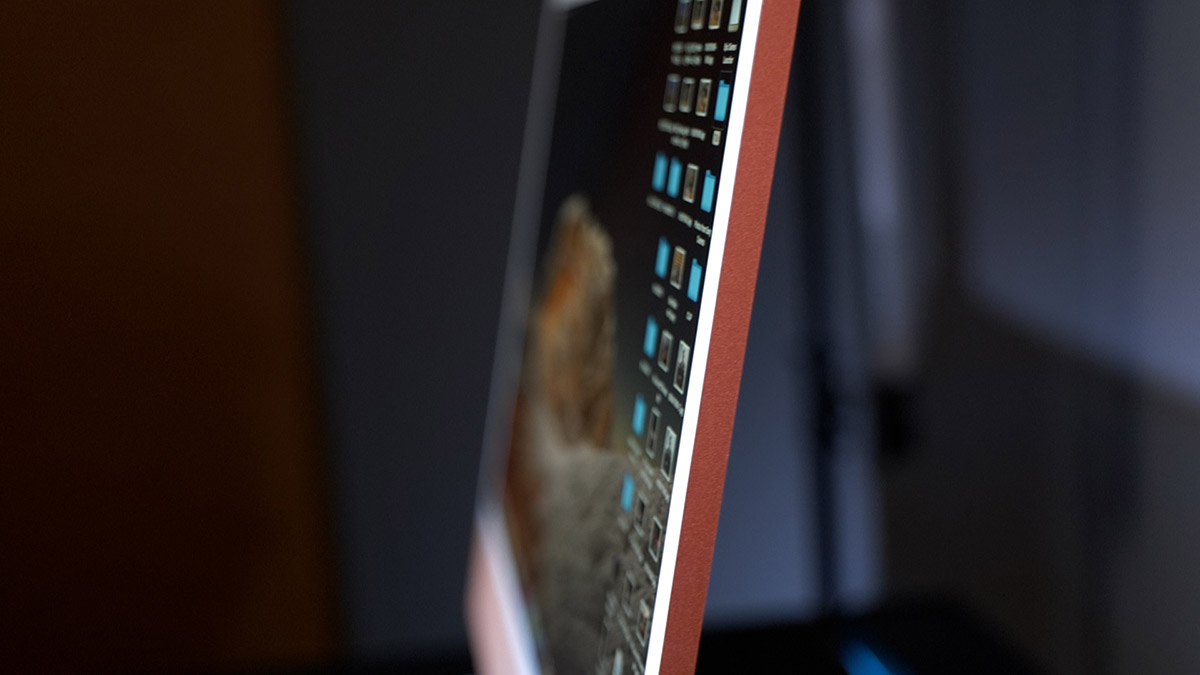
But what are aesthetics if the hardware doesn’t match up and that’s where the iMac continues to shine with its new M1 processor. One of the greatest achievements that the M1 brought to the MacBook is battery life, and on my M1 MacBook Pro, this means as much as a four fold increase in use capabilities. These days, I no longer bring out a MacBook charger if I know that I will be home in under eight hours. The M1 processor has not only increased performance, it set a new gold standard in extending battery life of a device.
So how does that translate to a desktop that is constantly connected to a power source? Well, the benefits of an extended battery life might be gone, but the sheer capabilities of the M1 are still as impressive, especially with a 4.5K Retina Display that offers 500 nits of brightness for your YouTube viewing, Apple TV+ viewing and even computer gaming needs.
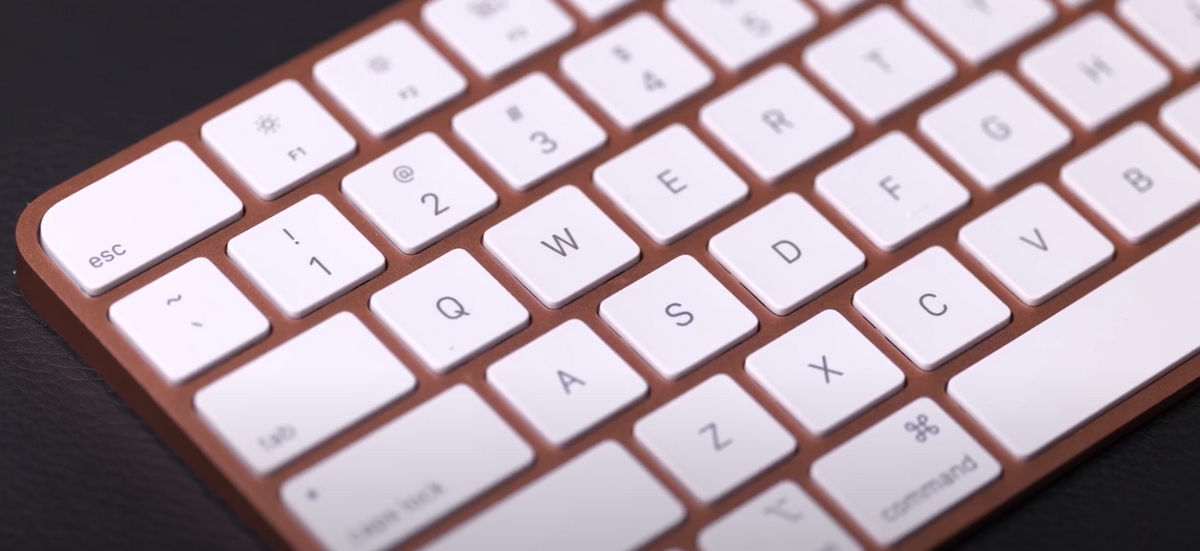
The display technology isn’t new, but to see it up close and radiant across streaming content on Disney+ and Netflix is just a sight to behold. Images are sharp and colours and shadows are well defined, making this a great entertainment display. Now, 24-inch might be huge to some folks, but the sharpness of the display makes one wish for something bigger and better, like a 27-inch version, or even a proper Apple TV? How about it? After all, you’ve basically shown how great your display technology can be.
Let’s be honest here – as incredible as iMacs are, gaming on an iMac hasn’t always been the best experience, since few games are written for Apple’s ecosystem, and certainly not the top AAA game titles. It has gotten slightly easier, with services such as Steam and Epic offering game downloads such that gamers don’t have to worry about buying a PC or Mac version of a game. That said, the availability of Mac versions continue to be abysmal, but the ones that work perform admirably.
There are two options for downloading games. The simple way is to go to the App Store, where you can get great games, including Divinity: Original Sin and its sequel. That said, Apple has quite a premium on games, even older ones so the next best option is Steam or Epic. The Tomb Raider reboot game fired up with no hiccups, and after pairing a PlayStation 4 controller to the iMac via Bluetooth, gaming on the new machine went underway and the experience was incredibly smooth. Granted, this is quite an old game, but it still ran at 60FPS, with audio blasting out strongly from the thin speakers located at the underside of the display.

Despite having a 2013 iMac that is still capable of running productivity software and handling my children’s home-based lessons, the one thing that hasn’t stood the test of time are the speakers and the ones here more than make up for those. From Netflix, to Spotify to video games, the new iMac is able to deliver great audio without the need for additional speakers and if you want, you can plug in your headphones via the 3.5mm headphone jack located on the left edge of the unit.
Performance is what matters here, and the M1 is already off the charts. On the Geekbench 5 benchmark, the iMac scored over 1,743 on a single core, and 7,496 on multi cores, which is already more than 50% more powerful than the previous generation iMac running an Intel processor. How does that translate into real world operations? We edited two concurrent 4K videos on Final Cut Pro, and one massive 8K video stream on the machine, and the iMac spat it out with ease and efficiency. Final Cut Pro is also optimised for the M1, which explains the smoother performance.
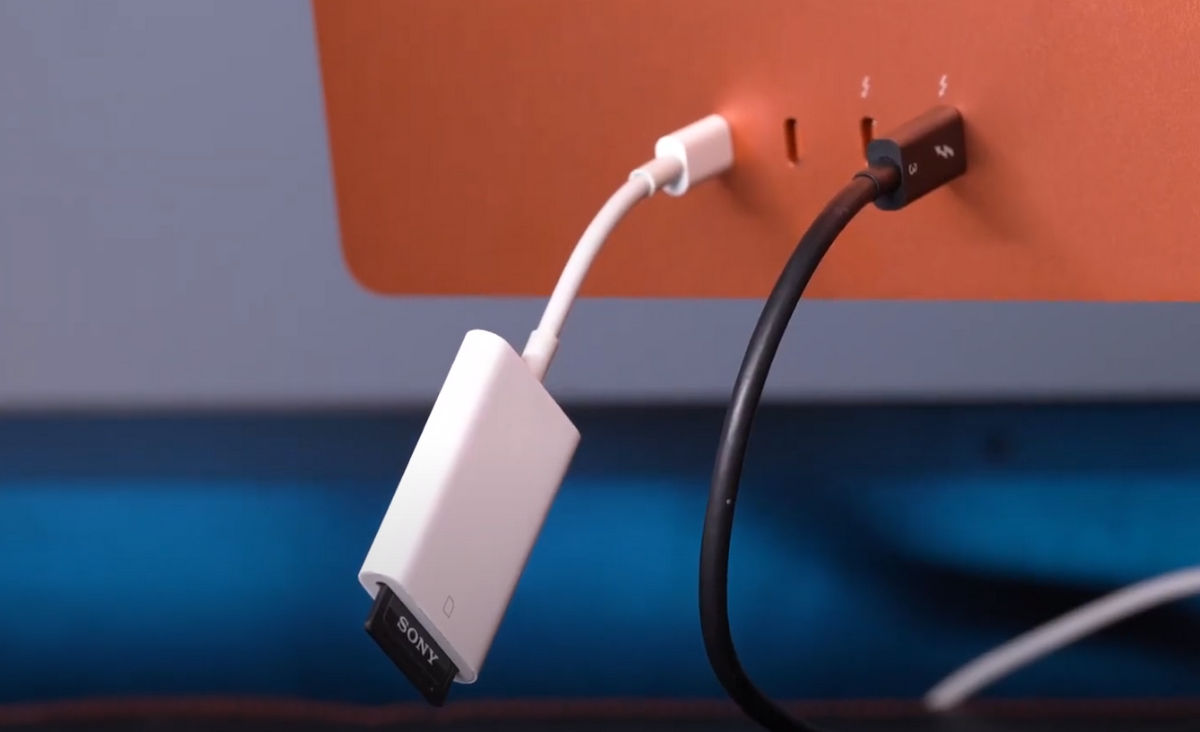
In terms of other ports, Apple has stuck with the minimalism here. The LAN port has been moved from the rear, to sharing space with the power brick, which makes sense as a LAN port, like the power brick, are items you connect from the start and hide them away from prying eyes as few touch them after that. This leaves 2 x USB C and 2 x Thunderbolt ports in the rear, which means you need to invest in a USB-C hub if you want to connect USB devices or accessories to this machine.
As for the new power cable, it’s now a special connector that magnetically attaches itself to the rear socket of the iMac, since the standard C13 connector is thicker than the iMac itself. But not to worry, and the magnetic connector still has an inlet, to prevent accident tuggings of the cable.
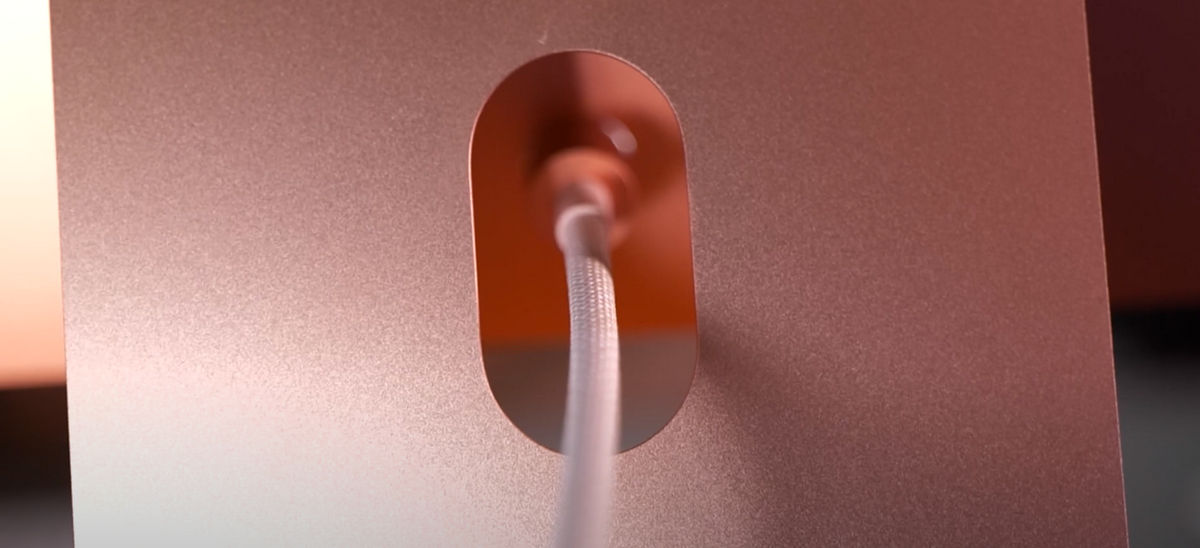
For the Magic Mouse keyboard, the standard layout, dimensions and handling still remains, though the new biometrics sensor now sits on the top right corner of the keyboard. A throwback to the Touch ID button on the iPhone 6, 7 and 8, there is a gold trim around the circular button and it works like any Touch ID on the MacBook – simply place your biometric finger and the button and the device will unlock upon registering your biometrics.
Another upgrade is the 1080P front camera, making this the most powerful front camera for any Apple laptop or desktop, which makes for better conference calls as there is no longer the fuzz from using lower quality front cameras on other iMac or MacBook.
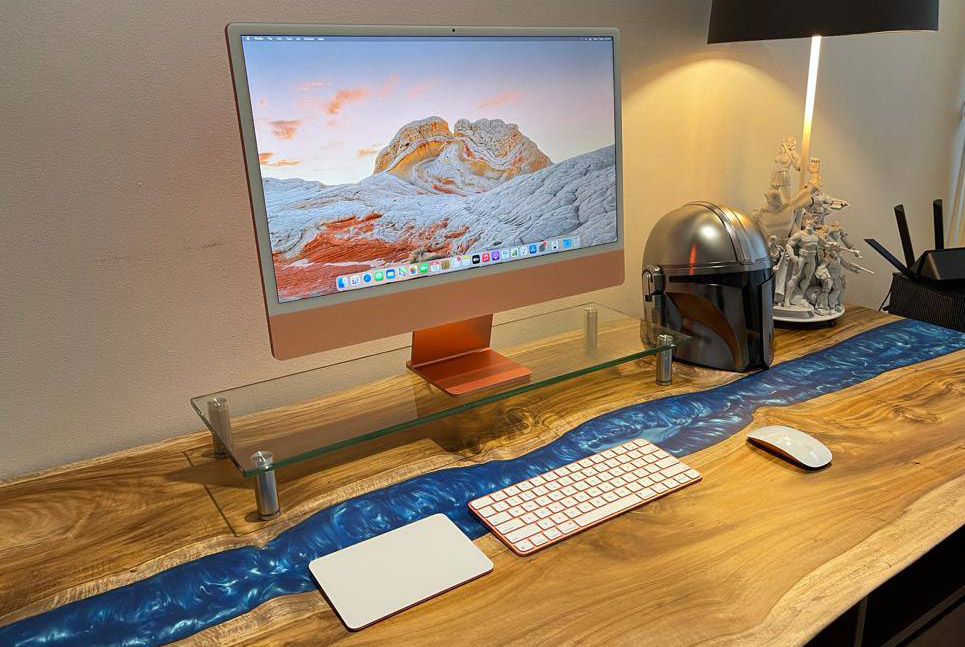
GEEK REVIEW SCORE
Summary
Calling the iMac 24” an all-in-one is an affront to all the amazing technology and features Apple has squeezed into one massive but extremely svelte device. Performance is astounding and aesthetics across the accessories show why Apple continues to be a leader that other computer companies need to follow to improve.
Overall
9.2/10
-
Aesthetics - 10/10
10/10
-
Build Quality - 10/10
10/10
-
Performance - 9/10
9/10
-
Value - 8/10
8/10
-
Geek Satisfaction - 9/10
9/10

